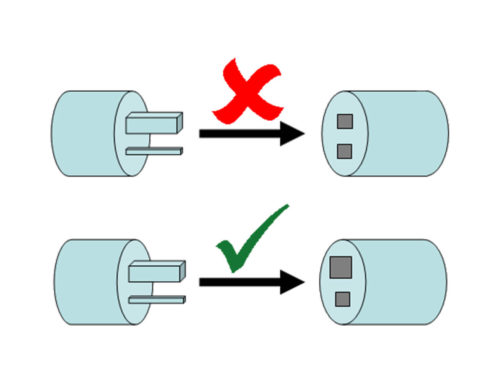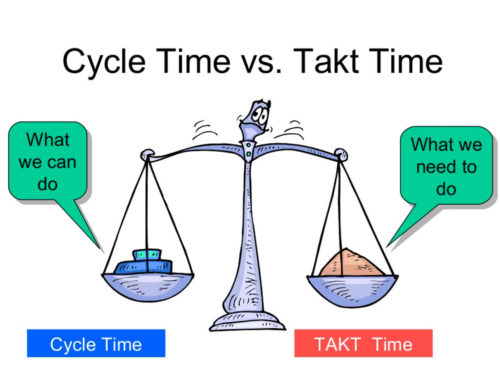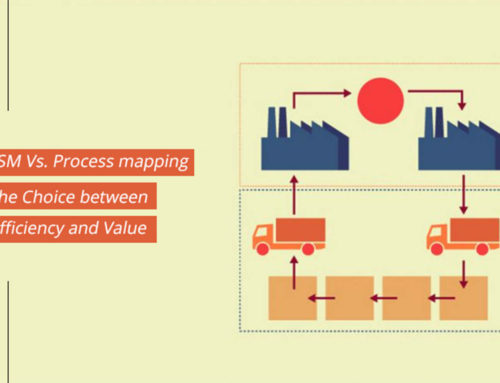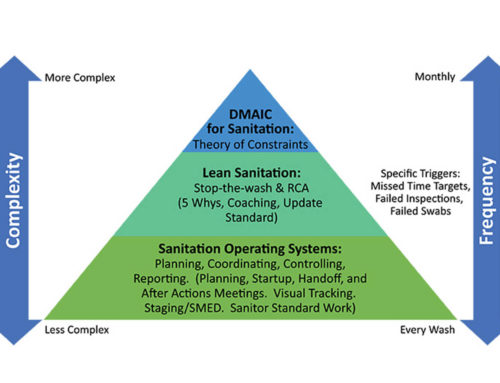Industrialization is becoming a vast field with time. Large scale investments often occupy food industries with less time for production—public demands to get the best food product within a short time duration with great outcomes.
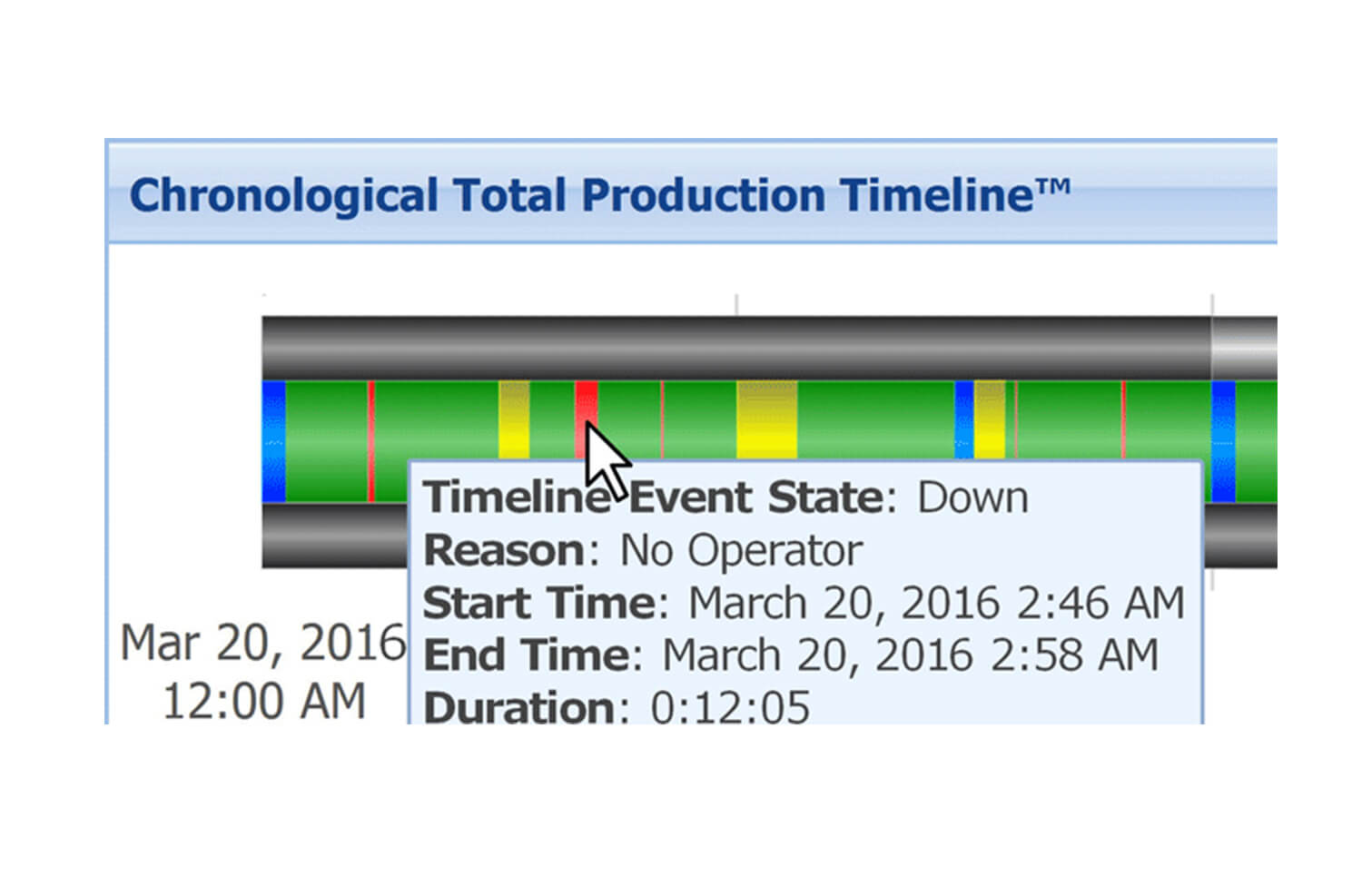 Six big losses– Six categories of productivity losses that are almost universally experienced in manufacturing were introduced first in Japan serving as an outline for the food industrialists. It is connected with total productive maintenance (TPM) and Overall Equipment Effectiveness (OEE). TPM is a method to create effective productivity by taking preventive measures and empowering employees. OEE is the standardized rating for the productivity of the industry.
Six big losses– Six categories of productivity losses that are almost universally experienced in manufacturing were introduced first in Japan serving as an outline for the food industrialists. It is connected with total productive maintenance (TPM) and Overall Equipment Effectiveness (OEE). TPM is a method to create effective productivity by taking preventive measures and empowering employees. OEE is the standardized rating for the productivity of the industry.
Here are six Big losses in the food industry that reduce productivity and guidelines to overcome them mainly through OEE and TPM.
Equipment Failure and Unplanned Downtime
Equipment is a crucial part of any food industry to work properly. It refers to a period when there’s a malfunctioning in the machinery. This also refers to the unplanned downtime in food production. There can be various examples of such downtime like unplanned maintenance, improper tools, machinery breakdowns, and many more. However, the main thing is to overcome this loss by;
- Identifying the major cause for the downtime
- How often it is occurring in the same machinery
- Food industrialists can reduce this impact by getting help with the manufacturing execution system (MES) or SCADA
- Training the operators about how a certain type of machinery works
Setup and Adjustments Or Planned Downtime
This type of availability loss refers to the time between the end of the first product and starting up with the next product. It includes cleaning up space, inspection, and materials to meet the demands of the next production period. Food manufacturing services can reduce this loss as follows.
- The food industrialist should strictly stick to the scheduled productions
- They should have proper maintenance and cleaning routines
- Food production companies can also take help from Arnott’s concept by upgrading the recipe management system in the food industry. This will make multiple food items at the same time
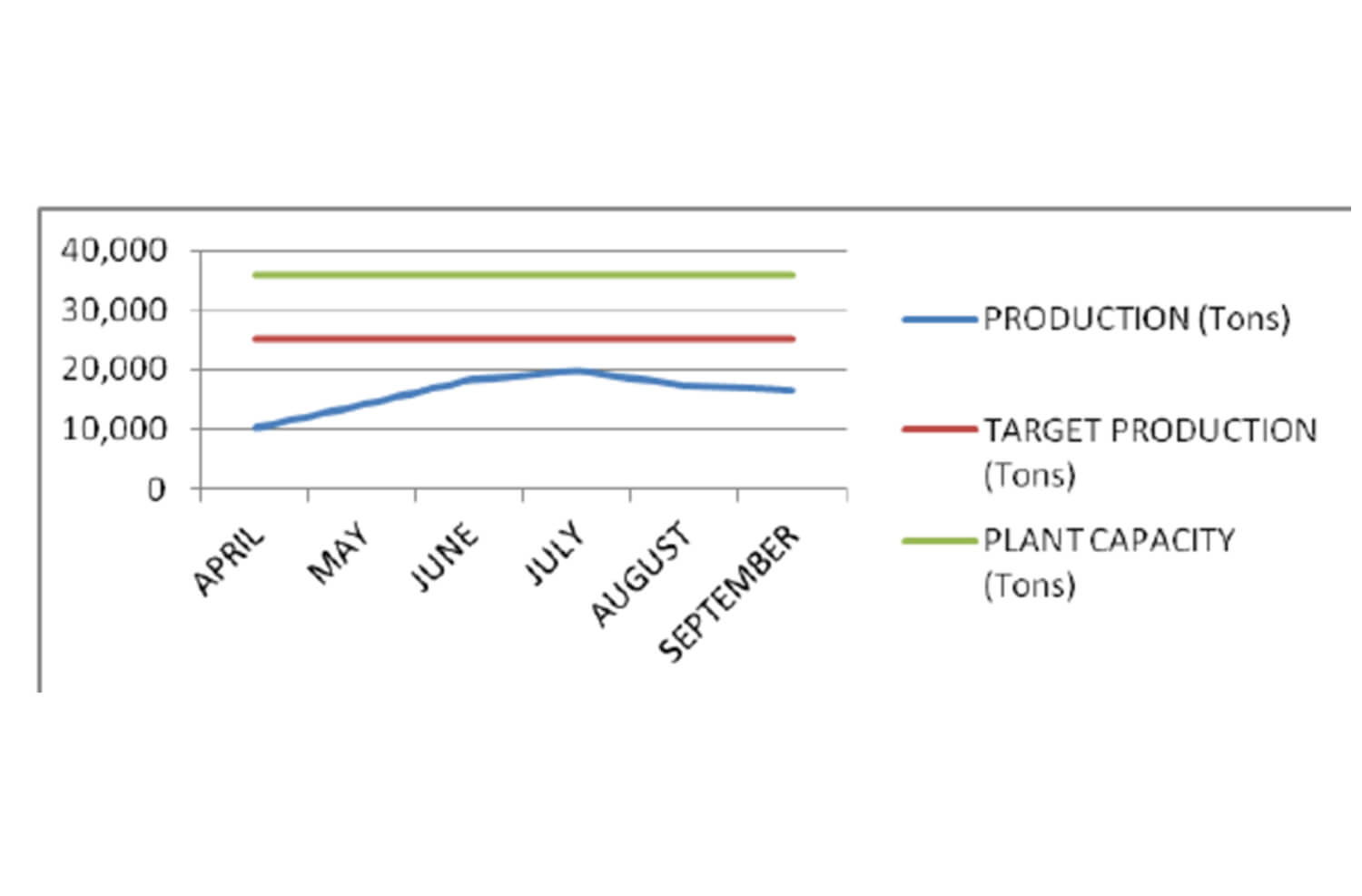 Idling and Minor stops
Idling and Minor stops
This type of loss comes in the performance losses category, according to OEE. It refers to the malfunctioning, which requires only small adjustments due to jams, wrong settings, or misalignment. It arises from the small stops, which are less than 5 minutes.
Examples of such stops are improper settings by the operators due to inadequate training, sensors, or jams. Industries can overcome this loss by
- Making sure that the operator notices these small stops and notes them down
- Food industrialists should also arrange training sessions for the operators
- Avoid such stops as they create a big problem for the food industry
Reduced Speed
When a food industrialist has a shortage of time, then the speed of food production matters a lot. Reduced speed means that the machinery is running below its ideal working time. This time is also known as Cycle Time, which is the standard time for any production.
Reduced speed can arise from inappropriate shutdown procedures, dirty machinery, less professionalism, and weather conditions. The good thing is that industries can reduce the impact of this loss.
- Changing the manual work into automation for more speed
- Giving sufficient knowledge to the operators about the cycle time
- Use the cycle time to mark the overall speed performance of the machine
- Experts can also use MES OR SCADA for the best speed
Process Defects and Rework
This refers to quality losses in productivity. It exhibits the faulty food products which are produced during normal batch production. It includes products that are low in quality, not sustainable, or they are in bad condition. The food industrialist can eliminate this loss by;
- Examining the sensors to identify the defective product properly on time
- Create checkpoints to know the major cause of the defects
- Get help with quality maintenance techniques from the TPM policy
Startup Losses
Startup losses occur when the operator fails to start a machine due to some fault in the setting. It refers to the adjustments or changes made after buying the machinery or maintenance routines. It could be overcome in the following manner.
- Organize the data system to be aware of the defects occurring before and during the machine procedures
- Make sure that the operator completely understands the guidelines for any machinery startup
- Food production lines can also add a regular check and balance for the machinery in the basic maintenance routine
Conclusion
The reduction of Six big losses concept will be of no importance unless a food industrialist has a valid data management plan. The importance of overcoming six big losses comes from the awareness of The Six big losses to the food industrialist. They can make wise decisions to reduce these losses through preventive measures only when the losses are known.
Therefore, food industrialists should know the root cause of every loss in production. This will also help to eliminate the losses and enhances food production. In the end, food manufacturers will be able to create the best quality product in the available time.


